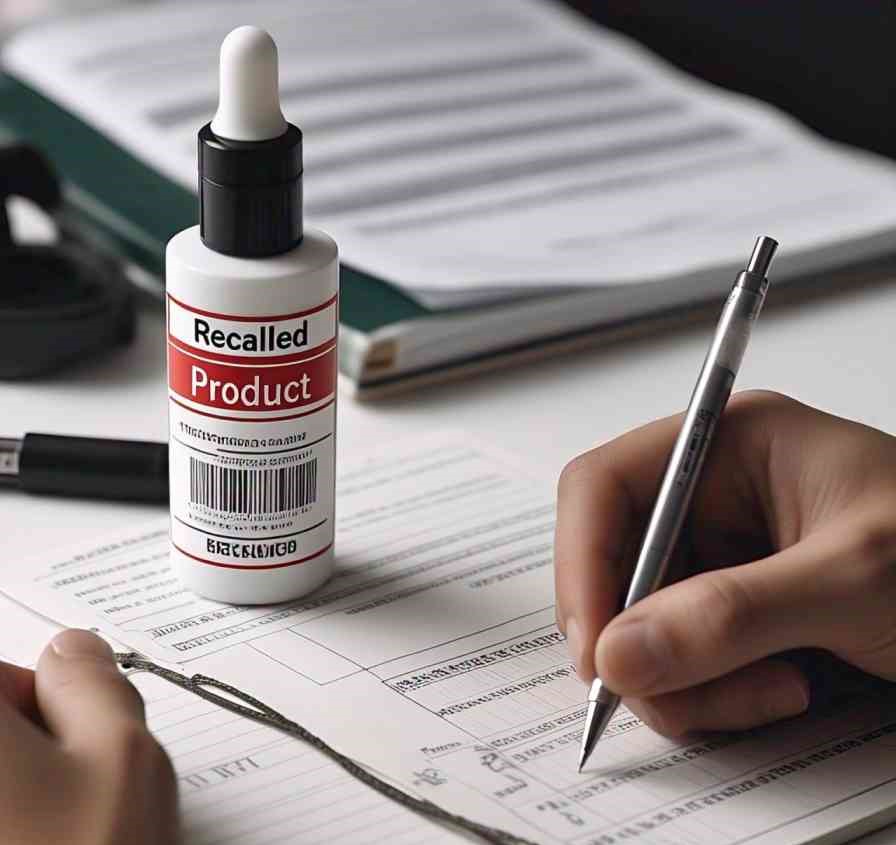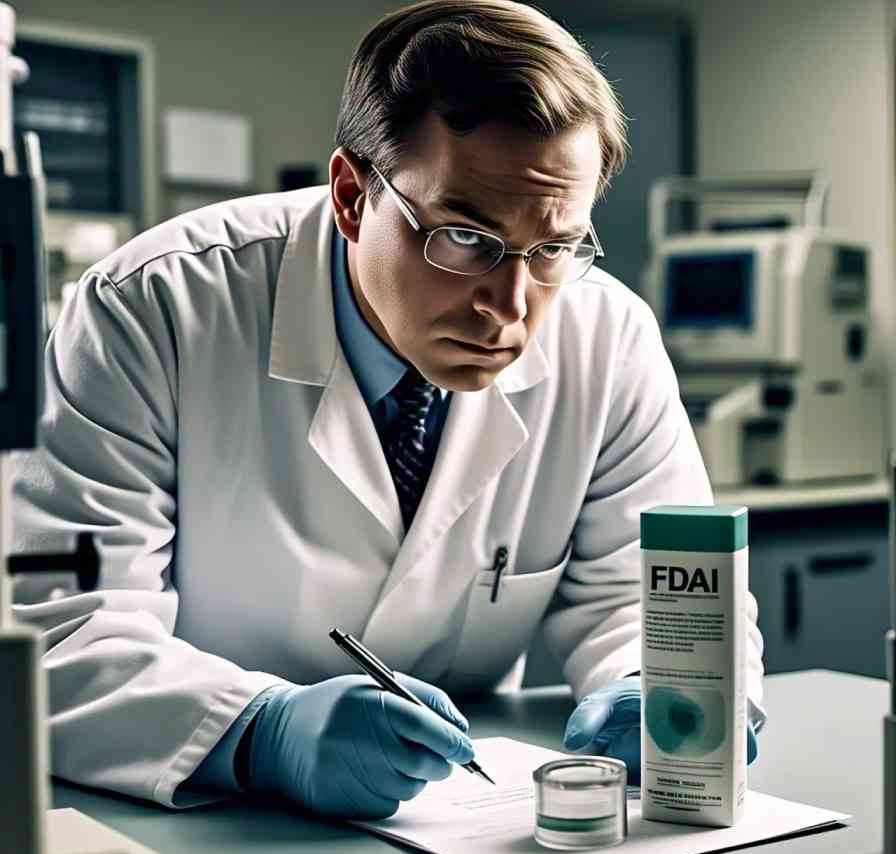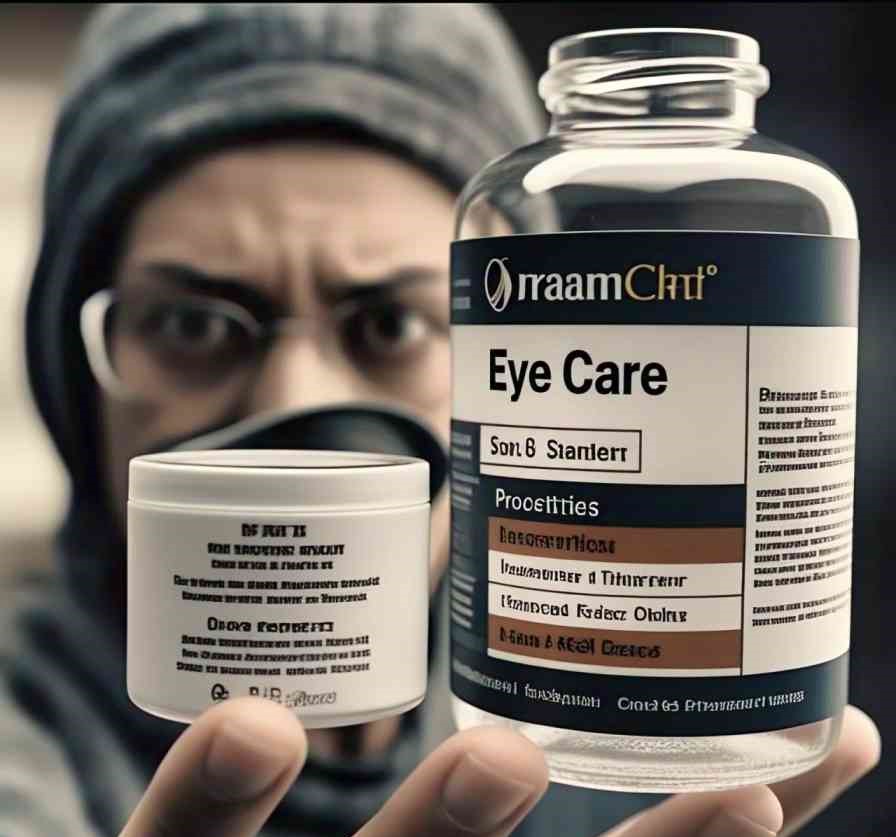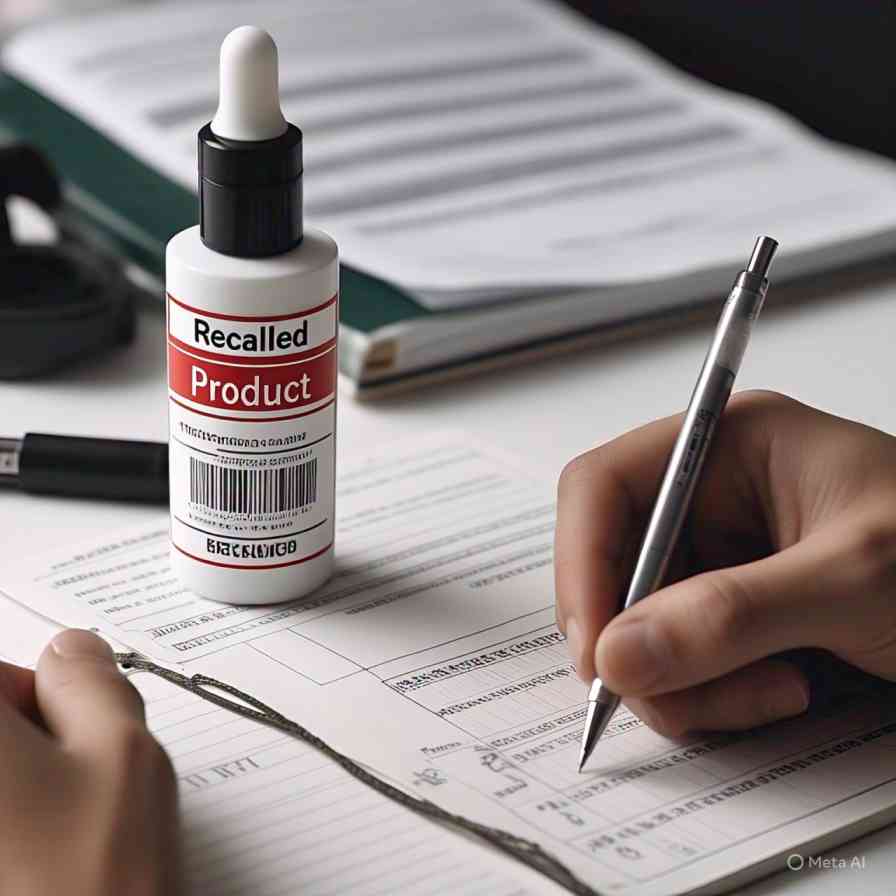Discover the truth behind the eye care product recall, the FDA audit findings, and how to choose safe products. Keep yourself updated and safeguard your eyesight starting now.

Eye Care Product Recall: What the FDA Audit Revealed & What You Need to Know
Have you ever trusted an eye care product only to discover it’s been recalled?
If you rely on eye drops or ointments, the recent string of FDA audits and recalls might feel alarming. With growing concerns over contamination, improper manufacturing, and unreported side effects, it’s crucial to understand what these recalls mean, how to identify safe products, and what the FDA is doing to protect consumers.
This post dives into the latest developments around eye care product recalls, explores what the FDA audit uncovered, and helps you make smarter, safer choices for your eye health.
Why Eye Care Products Are Under Scrutiny
The eyes are among the most delicate and responsive organs in the human body. Unlike most other areas, the eye has minimal defence mechanisms—making it especially vulnerable to infection or irritation. That’s why even the smallest oversight in eye care product manufacturing can lead to serious consequences.
Recent Trends in Eye Care Product Recalls
Over the last year, the U.S. Food and Drug Administration (FDA) has issued multiple recalls of eye care products, particularly over-the-counter (OTC) eye drops and lubricants. These recalls are primarily due to:
- Microbial contamination
- Non-sterile manufacturing practices
- Labeling violations
- Failure to report adverse events
One of the most high-profile cases involved EzriCare Artificial Tears, which was linked to an outbreak of drug-resistant bacterial infections, causing multiple cases of vision loss—and even a few deaths.
👉 You can explore the full FDA recall list for eye care products here.
What the FDA Audit Actually Found
In its comprehensive audit of manufacturing facilities involved in producing eye care products, the FDA discovered:
1. Lack of Sterility Controls
Many companies failed to implement sterile production environments. Eye drops, unlike medications taken by mouth, require sterility to avoid introducing harmful microorganisms into the eye and preventing potential infections.
2. Improper Documentation
The FDA found discrepancies in how companies documented their quality assurance processes. This involves gaps in testing documentation and a lack of reporting regarding batch contamination issues.
3. Cross-Contamination Risks
Some factories manufactured multiple types of products—from eye drops to nasal sprays—without proper segregation. This significantly raises the risk of cross-contamination.
4. Insufficient Response to Complaints
Manufacturers ignored or downplayed customer complaints about eye irritation, blurry vision, or infections. These should have been red flags for potential product issues.

Table: Key Eye Care Product Recalls & FDA Findings
| Brand Name | Issue Identified | FDA Finding | Recall Date |
|---|---|---|---|
| EzriCare | Drug-resistant bacteria outbreak | Sterility failure, poor complaint tracking | February 2023 |
| Pharmedica USA | Non-sterile artificial tears | Inadequate microbial testing | March 2023 |
| Delsam Pharma | Bacterial contamination risk | Cross-contamination in facility | April 2023 |
| CVS Health Brand | Labelling violations | Misleading usage instructions | November 2023 |
How to Protect Yourself: Smart Eye Care Product Choices
Not every product on the shelf is dangerous—but vigilance is essential. Here’s how to protect yourself:
✅ Check for Recalls
Always check the FDA’s Drug Recalls page before buying or using a new eye care product.
✅ Verify Manufacturing Standards
Look for products manufactured in facilities that follow Current Good Manufacturing Practices (cGMP). Trusted brands often highlight this on their labels or websites.
✅ Be Wary of Imported Products
Some imported eye care products may bypass FDA scrutiny. While not all imports are unsafe, products from unverified international suppliers should be avoided.
✅ Watch for Signs of Irritation
If you experience burning, redness, or blurred vision after using an eye product—even if it’s FDA-approved—stop using it immediately and report it.
✅ Register Adverse Reactions
You may report any adverse reactions via the FDA’s Med-watch Program.
This helps alert the FDA and protects other consumers.
A Fresh Perspective: Trust, Transparency, and Responsibility
As a long-time contact lens user, I never questioned the reliability of eye drops—until 2023. One afternoon, I used a well-known brand’s lubricant drops and felt a sharp sting in my right eye. The discomfort lasted hours. Weeks later, that same product was part of a nationwide recall.
It was a wake-up call.
We trust manufacturers to put safety first, but the truth is: mistakes happen. Whether due to cost-cutting or lack of oversight, these errors can have real consequences. This is why FDA audits and consumer vigilance are so important.

What Brands Can Do Better
For eye care product companies, the lesson is clear: transparency, rigorous testing, and honest reporting aren’t optional—they’re essential.
Industry Recommendations:
- Invest in Quality Control: Regular audits and sterile testing should be the baseline—not the exception.
- Improve Consumer Communication: Clear labeling, proper usage guides, and visible recall information can prevent injuries.
- Embrace Third-Party Testing: Independent testing agencies help improve credibility and catch issues early.
Some companies, like Bausch + Lomb and Refresh, have already taken steps to implement advanced microbial testing protocols and consumer-friendly packaging. Others are playing catch-up.
Visual Aid: Signs Your Eye Care Product May Be Unsafe
📸 Infographic Suggestion: “5 Red Flags in Eye Care Products”
- No expiration date
- Cloudy or discolored liquid
- Unusual packaging (unsealed, damaged)
- No FDA registration number
- Missing directions or warnings
(Include real photos of examples where possible.)
Key Insights & Takeaways
- FDA audits are critical in exposing unsafe practices in eye care product manufacturing.
- Eye care recalls are increasing, largely due to contamination, mislabeling, and inadequate sterility controls.
- Consumers must stay informed—checking for recalls, using safe brands, and reporting adverse events.
- Brands must prioritize safety and transparency to build trust and avoid costly recalls.
Conclusion: Stay Informed, Stay Safe
Your eyes are irreplaceable. The growing number of eye care product recalls highlights the need for active consumer awareness and industry accountability. Don’t wait for a product recall to act. Make it a habit to review labels, verify brands, and consult professionals before using any new eye care product.
👉 Have you ever used a recalled eye care product? Share your story in the comments below.


